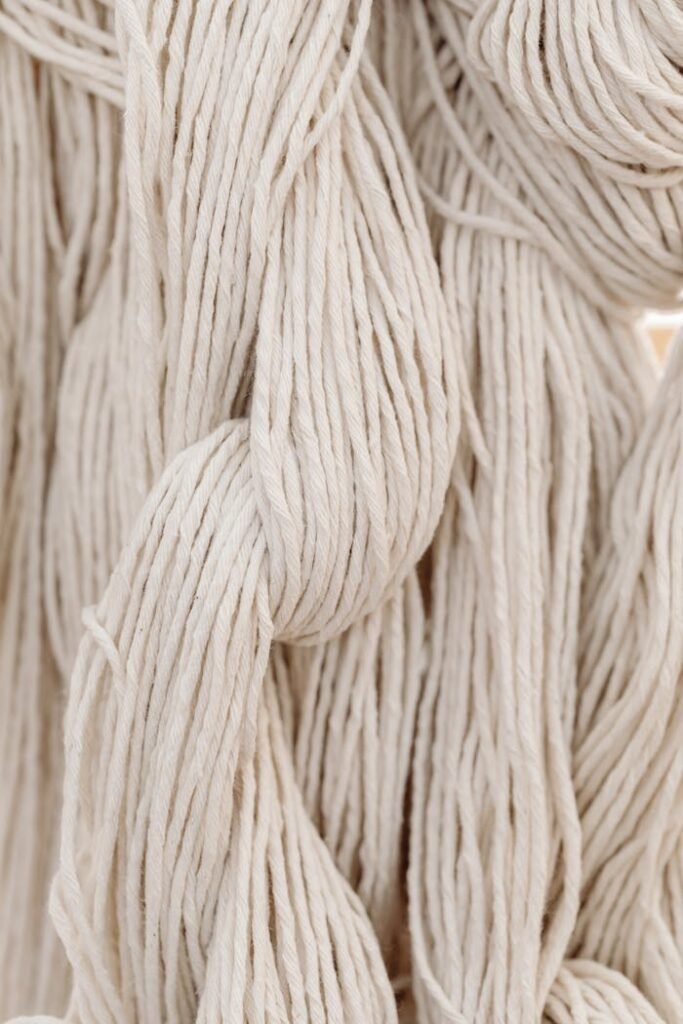Enhance Fabric Wettability and Cleaning Efficiency

Texaux Wetting Agents and Detergents ensure rapid wetting, deep cleaning, and complete removal of impurities for perfect dyeing and finishing.
Foundation of Effective Textile Pre-Treatment
Efficient wetting and cleaning are essential in every stage of textile pre-treatment.
Texaux Wetting Agents and Detergents are designed to ensure rapid and uniform wetting, effective soil removal, and excellent emulsification of oils and waxes.
They help achieve consistent absorbency, brighter shades, and cleaner fabrics — whether used in desizing, scouring, bleaching, or dyeing.
Our products are engineered for performance, safety, and eco-compliance across cotton, polyester, viscose, and blended substrates.
Why Choose Texaux Wetting Agents & Detergents?
💧 Rapid Wetting — Instantly reduces surface tension for quick fabric penetration.
🧼 Superior Detergency — Removes oil, wax, and impurities efficiently.
🧵 Uniform Processing — Ensures even wetting across fabric width and batches.
🌿 Low Foam & Eco-Safe — Biodegradable, APEO-free, and compliant with global norms.
Our Range of Wetting Agents & Detergents
LYASOL-HLF/ HLF-P | An ultra-low foaming, solvent free, APEO free wetting cum detergent for cellulosic, other natural and synthetic fibres and their blends. |
LYASOL-RWD/ RWD-P | High power wetting/rewetting agent for all types of substrates |
Tegitol-JS60 | Cost effective low foaming wetting agent for all types of substrates |
Lyasol-NF | Universal, low foaming padding auxiliary for long liquors and wetting/de-aerating agent for Denim/cellulosic dyeing. |
Tegitol-DWA | Low foaming and caustic stable wetting agent used for alkali boiling of cellulosic |
Tegitol-MRN | Effective wetting agent and detergent for Jigger/winch |
Tegitol-LFD | Moderate to low foam detergent and wetting agent for all substrates |
Tegitol-MFB/MFB-conc | An ultra-low foaming, solvent free wetting cum detergent for scouring of cotton yarn, knits, terry towels, fabric and cotton blends |
Hywet-SB | One bath De-sizing, scouring and bleaching agent with excellent rewetting properties |
Advanced Chemistry for Fast Wetting and Deep Cleaning
Texaux wetting agents and detergents use specialized surfactant blends (non-ionic, anionic, and amphoteric) that ensure instant wetting, rapid penetration, and effective emulsification of hydrophobic impurities.
They maintain stability under acidic, alkaline, and high-temperature conditions, providing consistent results in all textile processes.
Excellent wetting even at low dosages
High detergency under alkaline or neutral conditions
Compatible with enzymes, bleaching agents, and dyes
Low foaming — ideal for modern high-speed machines
Biodegradable and non-yellowing formulations
Suitable for All Textile Processes
Desizing and scouring baths
Bleaching and mercerizing operations
Pre-treatment of cotton, polyester, and blends
Jet, jigger, and winch dyeing
Washing-off and soaping stages
Machine and equipment cleaning
Sustainable Cleaning & Wetting Solutions
Texaux prioritizes sustainability in every formulation.
Our wetting agents and detergents are APEO-free, phosphate-free, and biodegradable, ensuring low environmental impact.
They are developed to meet ZDHC Level 3, REACH, and GOTS compliance, aligning performance with global eco-safety standards.
Frequently Asked Questions
Q1: What is the function of a wetting agent in textile processing?
A: Wetting agents reduce water surface tension, allowing liquids to penetrate fabric quickly and evenly for effective cleaning and dyeing.
Q2: How are Texaux detergents different from ordinary soaps?
A: Texaux detergents are formulated for industrial performance — providing higher detergency, lower foaming, and excellent emulsification under textile processing conditions.
Q3: Are Texaux wetting agents safe for the environment?
A: Yes. All formulations are biodegradable and APEO-free, meeting global sustainability standards like ZDHC and GOTS.
Q4: Can wetting agents be used along with enzymes or bleaching agents?
A: Absolutely. Texaux wetting agents are compatible with enzymatic and oxidative systems, ensuring excellent performance across all processes.
